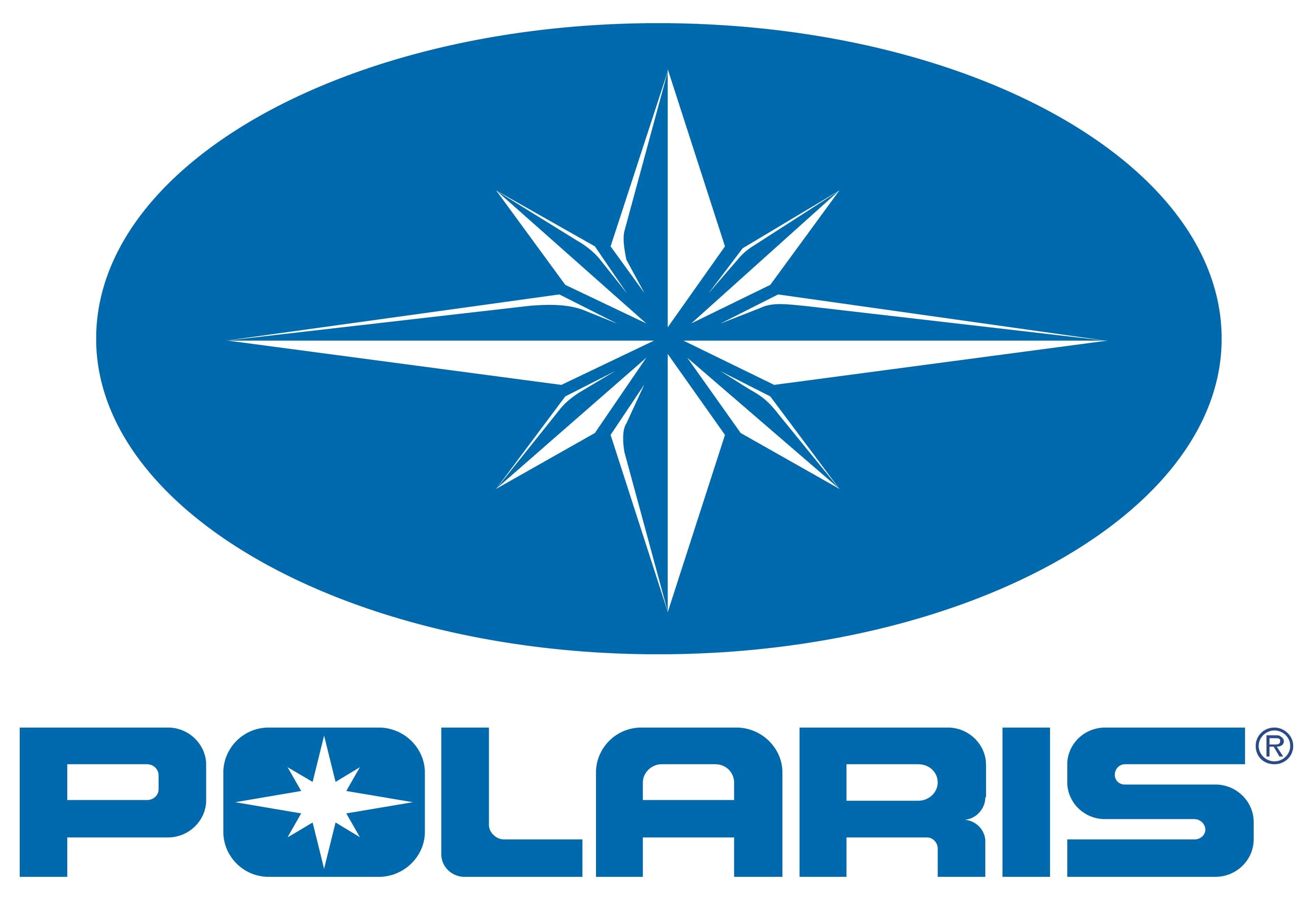Current space transportation is based on vertically launched expendable rockets. However, reusable rocket-propelled “spaceplanes” for horizontal take-off offer significant savings as well as fundamental improvements in flexibility and safety. Spaceplanes would be able to operate similar to airplanes from airports. They would not require a launch pad with complex and expensive infrastructure. Studies have identified such vehicles as the most economic solution for future spaceflight.
Light spaceplanes for small payloads will be able to take-off and land just like aircraft. For heavier payloads, launch support systems can be useful in order to optimize vehicle performance.
The ideal orbital space plane would be a fully reusable single-stage-to-orbit (SSTO) vehicle. This is often referred to as the “holy grail” of space transportation. However, a fully reusable SSTO with a significant orbital payload capability is still beyond current technology. Uses of a fully functional spaceplane would include
• Transport of passengers/astronauts to space and to space stations and back
• Transport of cargo to space and back
• Launch of satellites and other spacecraft
• Removal of space debris
• Launching payloads to moon and into the solar system with an upper-stage
Polaris Spaceplanes is a German aerospace company. It has successfully completed a fifteen-flight test campaign of its MIRA-Light prototype vehicle. The test flights took place over the course of three days, between August 22nd and September 8th of this year. The tests were meant to demonstrate the vehicle’s aerodynamic and flight control systems. They are preparation for a large-scale prototype the company plans to equip with a linear aerospike rocket engine.
The MIRA-Light space plane prototype measures just eight feet long and flies using four electric fans. For ten of the MIRA-Light’s fifteen test flights, the mini-spaceplane was equipped with a mock aerospike engine to simulated its impact on vehicle performance. In total, the prototype accumulated about forty minutes of flight time.
Now engineers at Polaris Spaceplanes plan to use data they collected during the MIRA-Light flights to move forward with a scaled-up, larger MIRA vehicle. The new MIRA will measure almost fourteen feet long. This prototype will be equipped with an actual linear aerospike engine for testing the vehicle’s integrated flight systems.
Both MIRA-Light and MIRA space plane prototypes are precursors of the company’s ultimate demonstration model, NOVA.
Polaris Spaceplanes plans to scale up the vehicle again after testing MIRA. This prototype will be twenty-two feet long. In addition to its functional aerospike engine, NOVA will be powered by four kerosene-fueled jet engines. This vehicle’s test campaign will involve full rocket-powered flights at supersonic speeds in the Earth’s upper atmosphere.
If all goes well with MIRA’s upcoming demonstration missions, Polaris Spaceplanes hopes to start flying NOVA sometime in 2024.
MIRA-Light, MIRA and NOVA follow three other prototypes that flew from 2020-2022. Polaris Spaceplanes hopes to follow its previous vehicles with its multipurpose, hypersonic transport vehicle, AURORA.
Polaris Spaceplanes claims that it will market AURORA’s future design as able to transport a payload of up to twenty-two thousand pounds to suborbital velocities. It should be able to launch two thousand two hundred pounds into an orbit of any inclination.
